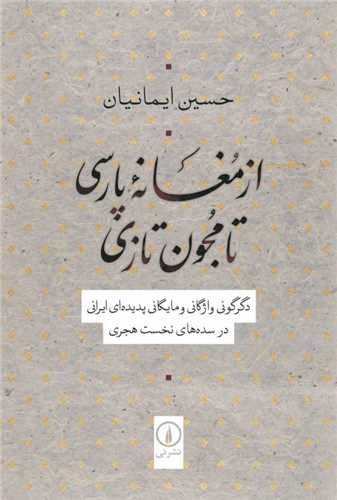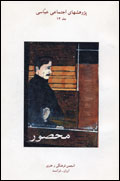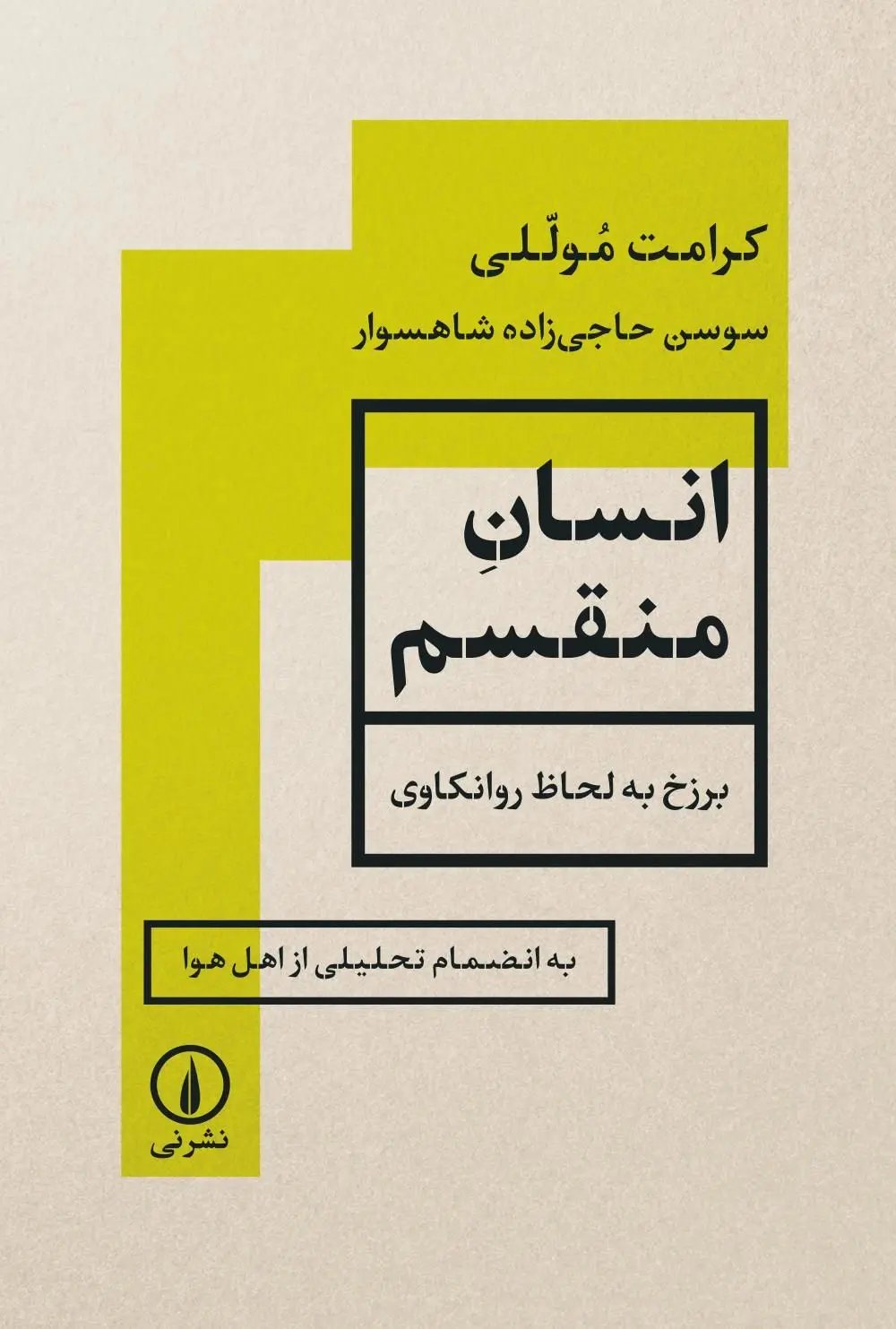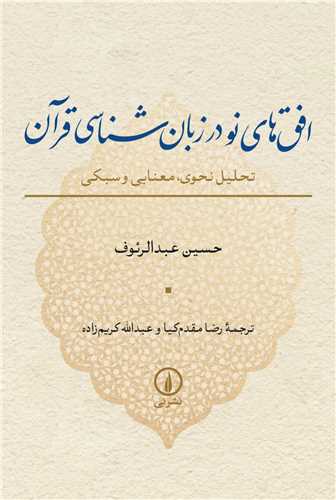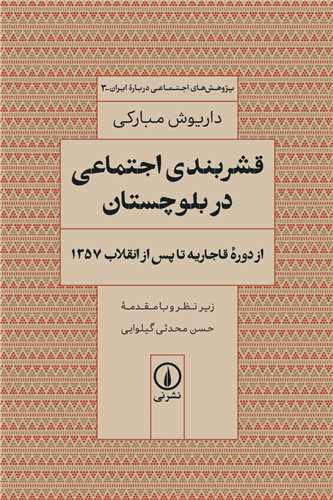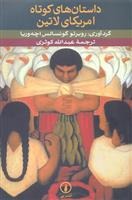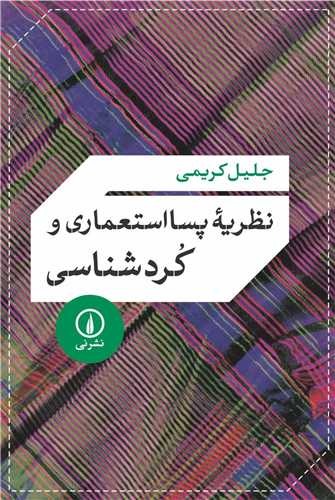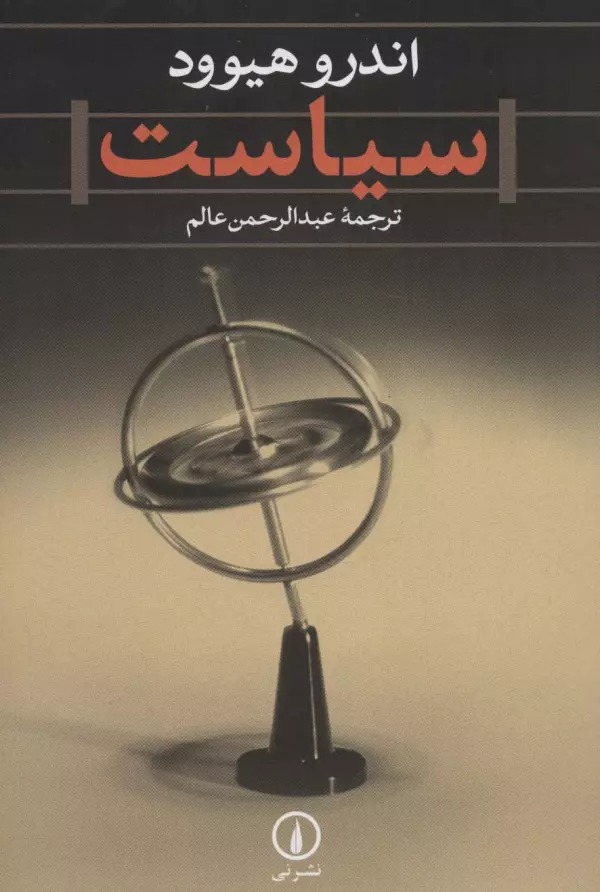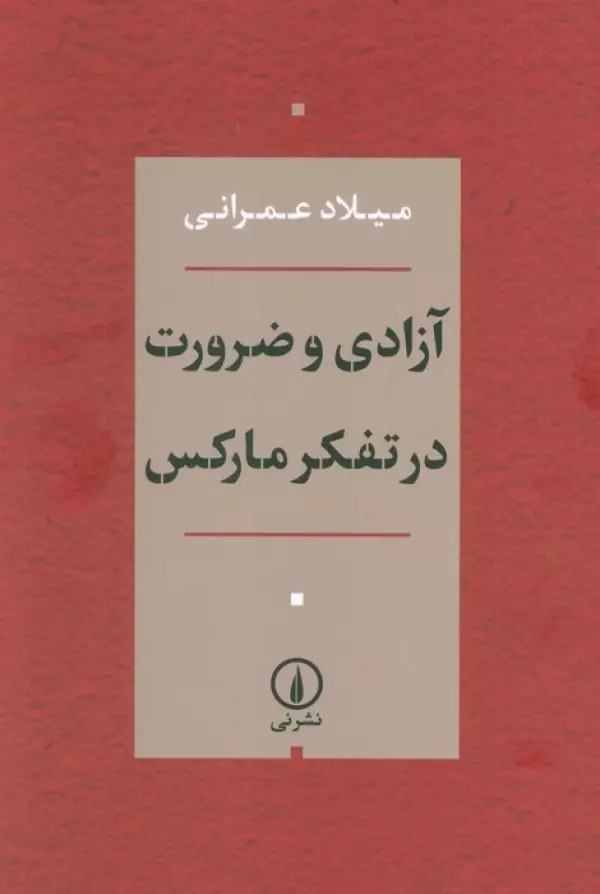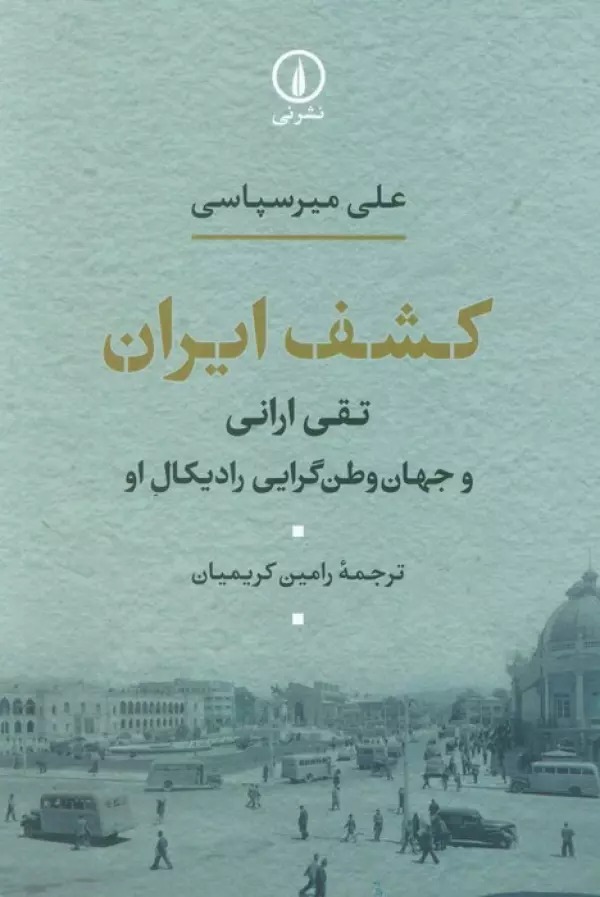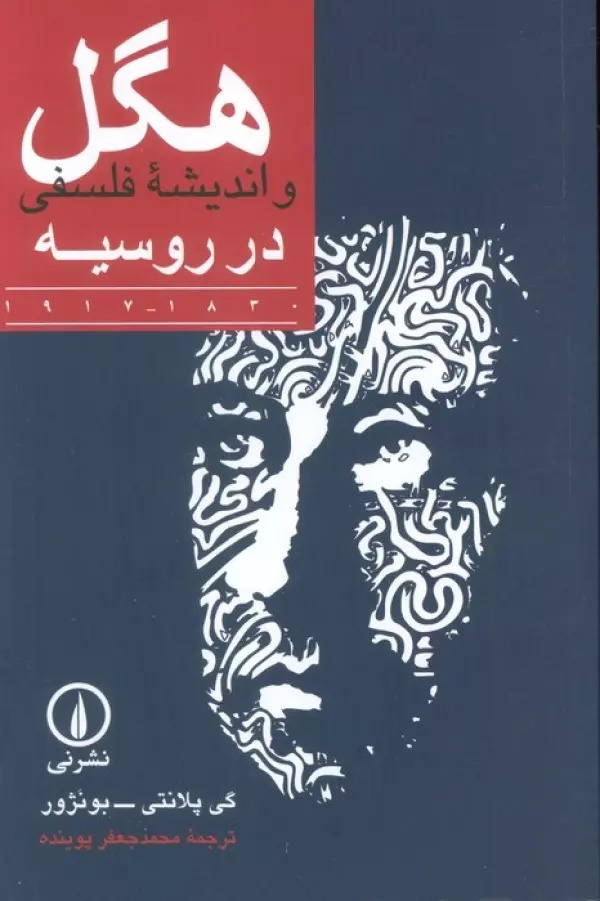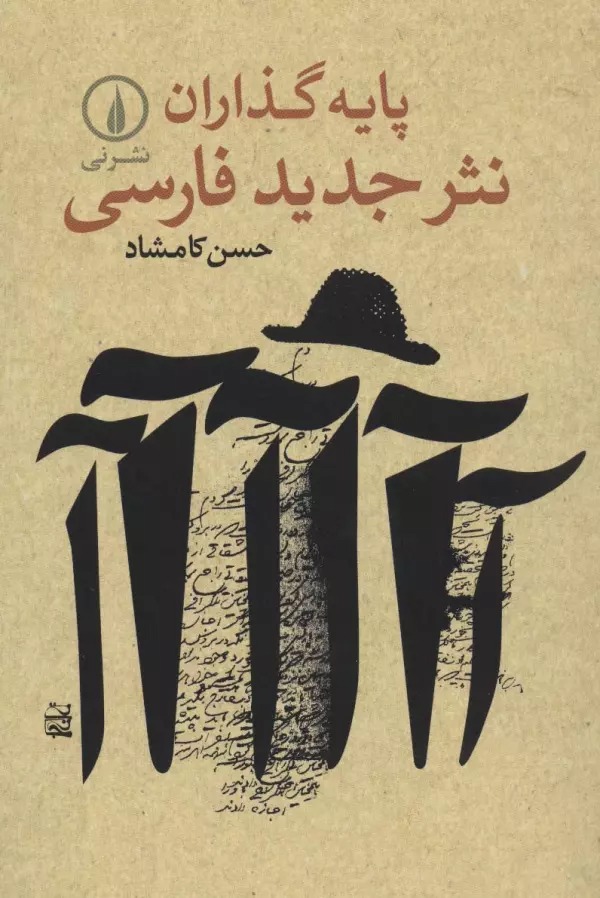از مغانه پارسی تا مجون تازی: دگرگونی واژگانی و مایگانی پدیدهای ایرانی در سدههای نخست هجری فارسی 1402
Az Mughānah-yi Pārsī tā Mujūn-i Tāzī: Digargūnī-yi Vāzhigānī va Māyigānī Padīdah'ī Īrānī dar Sadah'hā-yi Nukhust-i Hijrī
16٫56 $
اشتراکگذاری
Wishlist
عنوان اصلی:
از مغانه پارسی تا مجون تازی: دگرگونی واژگانی و مایگانی پدیدهای ایرانی در سدههای نخست هجری
شابک:
9786220605355
ناشر:
Nashr-i niy
گروه سنی:
بزرگسال
صفحات:
238
وزن:
280 g
ابعاد:
14 x 21 x 2٫2 cm
جلد کتاب:
شومیز
It can be said that some Iranian currents, such as Malamatiyah and Qalandariyya, in their historical course, from pre-Islamic Iran to the middle centuries of the Hijri, with a little transformation, first from the "Mojun" or "Majana" station in Basra, Kufa and Baghdad in the first and second centuries. Hijri passed, then in the third and fourth centuries in dealing with religious doctrines, it came close to the taste of Sufism and Sharia and was called "Malamatiyeh" and again in the middle centuries, it moved away from Islamic Sufism to "Majanah" and the Iranian original. It has been approached and named "Qalandriyeh". The close structure of the words "Mujun" and "Majana" in Tazi with Persian "Moghane", the clear reference of the first Arabic-language lexicographers to the fact that "Mujun" is not Arabic, and the alignment of the beliefs and behaviors of the Majnan group in Tazi literature with Zoroastrianism, lead us to believe that " Let's think of "Majaneh" as the Arabicized version of Persian "Moghaneh" and the poem of Majun as the translation of Mughane literature. Majnan's fascination with Zoroastrianism and Mughangi rituals - and not Islamic teachings - caused their words and behavior to be called "Zandaqah", an expression that reminds of the term "Kufr Mugh" in Persian writings.
more
توان گفت که برخی از جریانهای ایرانی مانند ملامتیه و قلندریه در سیر تاریخی خود، از ایران پیش از اسلام به سدههای میانی هجری، با کمی دگردیسی، نخست از ایستگاه «مُجون» یا «مجانه» در بصره، کوفه و بغدادِ سدههای اول و دوم هجری گذر کرده، سپس در سدهی سوم و چهارم در برخورد با آموزههای دینی، به ذوق و سلیقهی تصوف و شریعت نزدیک شده و «ملامتیه» نام یافته و دوباره در سدههای میانی، از تصوف اسلامی دور گشته، به «مجانه» و اصل ایرانی خود نزدیک شده و «قلندریه» نام گرفته است. ساختار نزدیکِ واژههای «مُجون» و «مجانه» در تازی با «مُغانهی» پارسی، اشارهی آشکارِ نخستین فرهنگنویسان عربیزبان به غیرِ عربیبودن «مُجون» و همسوییِ باورها و رفتارهای گروه ماجنان در ادب تازی با آیینهای زرتشتی، ما را بر این میدارد که «مجانه» را عربیشدهی «مُغانهی» پارسی و شعر مجون را ترجمانِ ادبیات مغانه بپنداریم. شیفتگی ماجنان به آیینهای زرتشتی و مغانگی ــ و نه آموزههای اسلامی ــ سبب شده تا از سخنان و رفتارهای آنها به «زندقه» یاد شود، تعبیری که یادآور اصطلاح «کفر مغ» در نوشتههای پارسی است.
more

